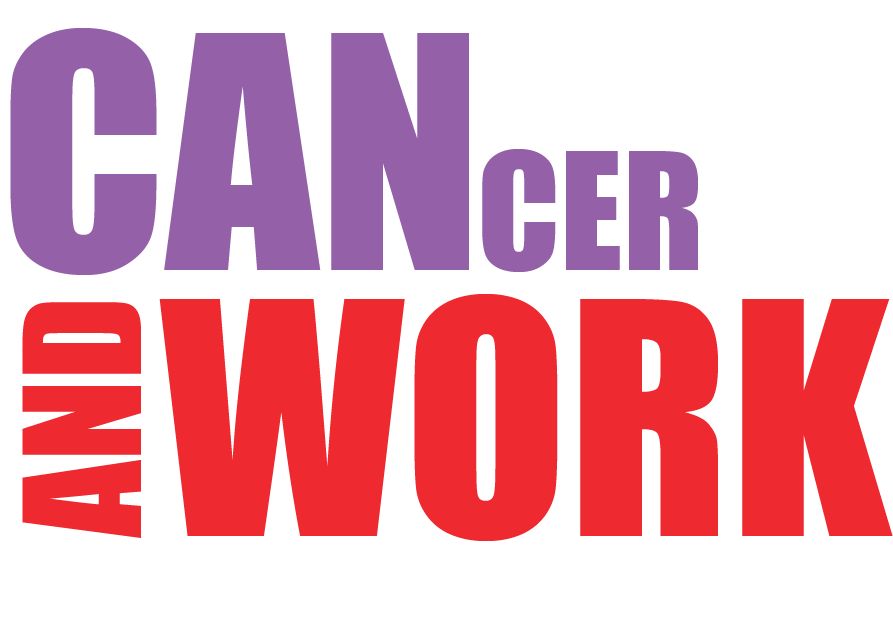Cancer survivors may experience a variety of symptoms that may impact their ability to return to work and/or maintain steady employment. Cancer survivors may not have previously required accommodations in the workplace, so they may not know what tasks they will have difficulties completing and what type of assistive technology they require. Workplace accommodations, including the provision of adaptive technology, can assist an individual with overcoming their functional workplace barriers and becoming more efficient and independent with workplace performance.
It can be challenging to determine what the most suitable adaptive technology solutions are for an employee as several factors need to be considered. As such, an assessment by a professional that has the knowledge, experience and education is recommended.
The following areas should be considered during an adaptive technology assessment:
Individual: As symptoms and limitations affect individuals differently, it is important to understand their specific needs from their perspective. Common symptoms that may impact the vocational performance include but are not limited to fatigue, endurance limitations, sleep difficulties, pain, changes in sensation, weakness, limitations affecting mobility, hearing loss, vision loss, memory challenges, mood fluctuations, etc. Understanding the individual’s current functional abilities can assist with determining the most suitable assistive technology to bridge the gap between the individual’s functional abilities, their work-related tasks and their vocational environment. Other important aspects that need to be considered are the individual’s personal experience with technology, their familiarity with the job tasks and any anticipated changes in regards to their health.
Job tasks: It is important to have a full understanding of the tasks that are essential and tasks that are able to be modified or removed. It is also important to fully understand what the desired outcome is, as it may be possible to change the process of how the task is performed so that the same outcome can be achieved. Other aspects to consider are whether there is flexibility with completing these job tasks, whether there are tight deadlines that need to be adhered to, and whether their employment role is expected to change in the near future.
Environment: The environment includes any area where the individual will be working and utilizing their assistive technology. Vocational environments are variable and as such, there are many factors to be considered prior to implementing assistive technology in the workplace. For example, consideration should be given to environmental factors such as noise, lighting, temperature, scents and whether the employment setting will be consistent or variable over time.
Gathering the information explained above will help to identify the right type of adaptive technology for a specific individual.
Other resources:
Visit the Tetra Society.


